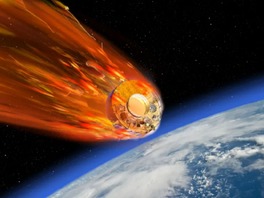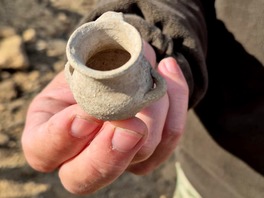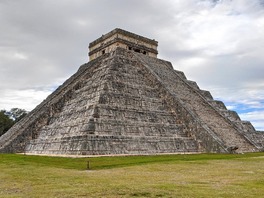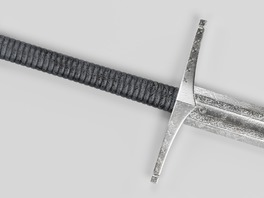Halley's Comet passes by Earth every 75 years. But the debris left behind by the comet forms two major meteor showers that cross Earth's path every year. One of them, the Eta Aquarids, is debris from Halley's Comet, and its peak can be seen as early as Tuesday, May 6.
AP writes about this.
As Earth orbits the Sun, it passes through debris left behind by comets and sometimes asteroids several times a year. The source of the Eta Aquarids is debris from Halley's Comet. When these fast-moving space rocks enter Earth's atmosphere, they encounter new air resistance and heat up greatly, eventually burning up. Sometimes the surrounding air briefly glows, leaving behind a fiery tail—the end of a "shooting star."
“The Eta Aquariids are ‘quite fast meteors,’” said Bill Cook of NASA. He said that during the peak activity on Tuesday morning, under ideal viewing conditions, you can expect to see 10 to 15 meteors per hour. However, at that time the Moon will be almost two-thirds full, which will likely reduce visibility. The Eta Aquariids meteor shower will be visible until May 28.
May 6 - peak of the Eta Aquariid meteor shower
This year, the peak of the comet shower will be on May 6, but you can still see a few shooting stars earlier. On the night of the shower's peak, the moon sets around 3 a.m., providing a perfectly dark sky for viewing. On May 6, you can expect to see 10 to 20 cosmic guests in the eastern sky every hour.
When is the best time to watch the Eta Aquarids?
The best time to observe a meteor shower is in the early hours before dawn, when the Moon is low in the sky. A bright moon or artificial light are the main obstacles to clear observation of meteors. The optimal time to observe a meteor shower is on a cloudless night, when the Moon is in its waning phase.
Recall that a defunct Soviet satellite is falling to Earth, which has already caused concern among space experts.


